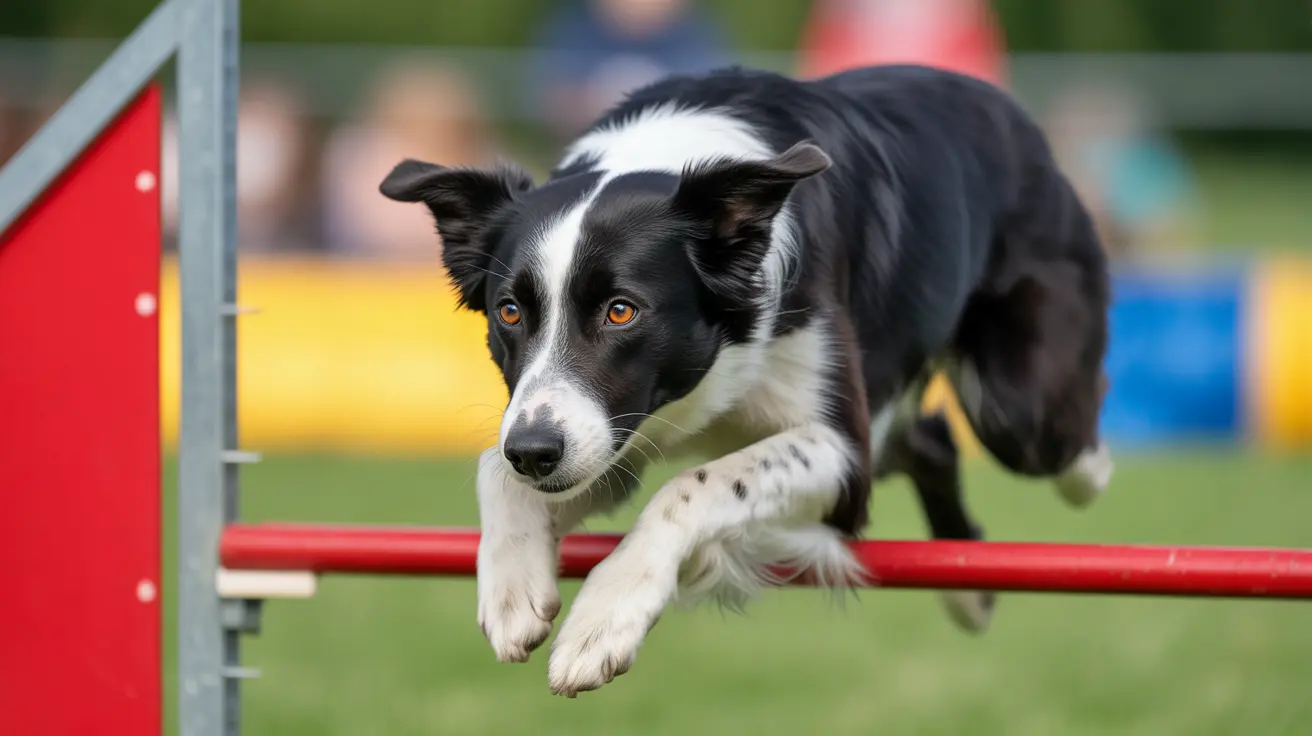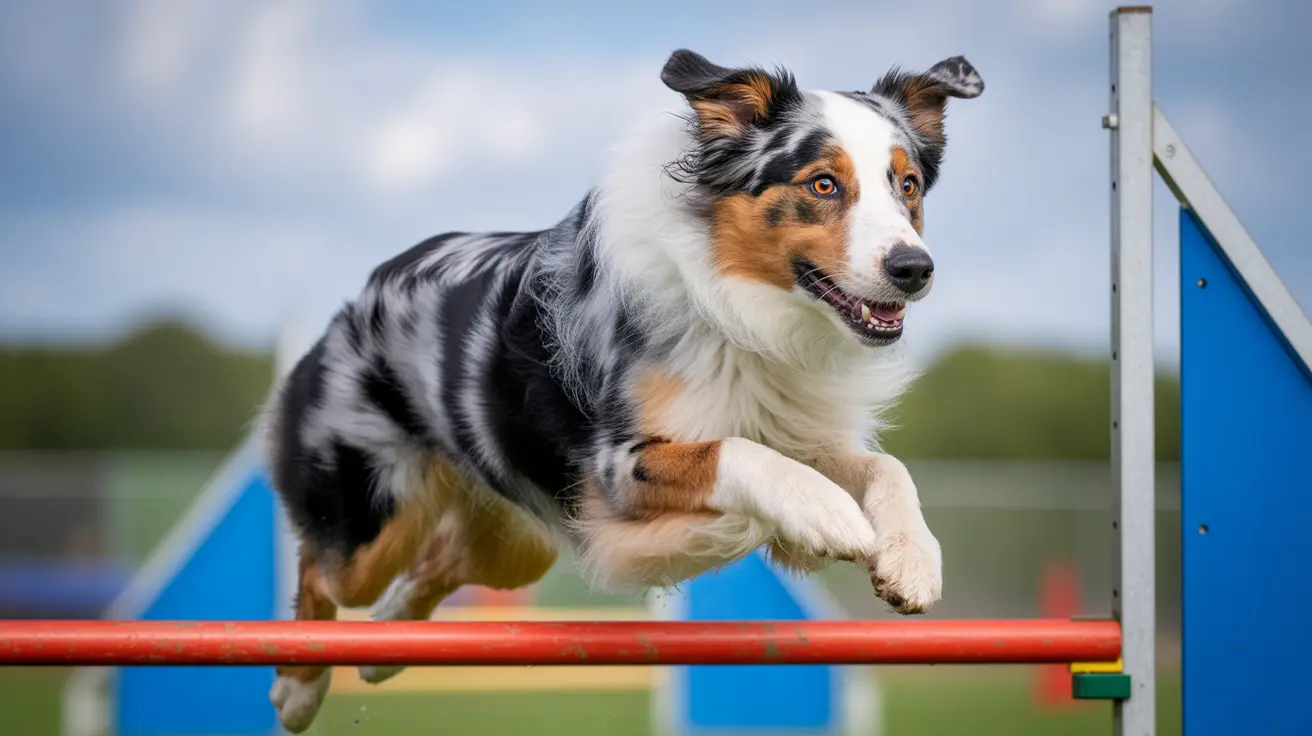Origins and Traits of the Red Siberian Husky
The red Siberian Husky is a captivating color variant of the larger Siberian Husky breed, which originates from Northeast Asia's Siberian region. Bred by the indigenous Chukchi people, these medium-sized working dogs were essential companions and sled pullers for the nomadic tribes living in harsh arctic conditions. The red coloration is one of many within the breed standard and does not signify a separate breed but instead reflects the diversity in coat patterns and pigments found across Siberian Huskies.
Historical Background
The Siberian Husky was developed over centuries in the extreme climates of Siberia. Their primary functions included transporting goods over long distances and providing warmth and companionship. The red coat coloration—ranging from light copper to deep sienna—is a natural genetic variation that emerged within the Chukchi people's selective breeding process.
During the early 20th century, Siberian Huskies were introduced to Alaska, particularly during the Nome Gold Rush. Their endurance, intelligence, and speed quickly made them popular in competitive sled dog racing.
Physical Characteristics
- Size: Males stand 21–24 inches and weigh 45–60 lbs; females stand 20–22 inches and weigh 35–50 lbs.
- Coat: Dense double coat with soft undercoat and straight, weather-resistant outer layer.
- Color: Range from black and white, gray, sable, agouti, to red and white.
- Eyes: Blue, brown, amber, green, or heterochromatic.
- Tail: Bushy, carried in a sickle shape or curled over the nose during cold conditions.
Defining Features of Red Huskies
Red Siberian Huskies are identifiable by their light to dark red or copper fur and often have liver-colored eye rims, lips, and noses. Their striking appearance is further enhanced when combined with blue or heterochromatic eyes.
Grooming Needs
- Frequent brushing, especially during seasonal shedding or “blow out” phases.
- Bathing should be occasional to maintain the coat’s natural oils.
- No haircuts are required; the coat is self-regulating relative to temperature.
- Regular nail trimming, dental care, and ear checks are advised.
Temperament and Behavior
Siberian Huskies, including the red variant, are friendly, outgoing, and intelligent dogs that thrive on companionship and structured routine. They are known for their pack-oriented nature and require significant interaction with humans or other dogs to remain emotionally balanced.
- Generally non-aggressive and gentle with children and other dogs.
- Rarely bark; tend to howl or mimic sounds.
- High energy levels and incredible stamina.
- Inclination to escape if not adequately fenced in.
Training and Exercise
Consistent leadership and early socialization are essential for managing a red Husky’s independent personality. Training can be challenging due to their intelligence and occasional stubbornness, but positive reinforcement yields the best results.
- Require more than 30–60 minutes of rigorous daily exercise.
- Excellent at sledding, skijoring, agility sports, and running.
- Not suitable for sedentary households or owners lacking active lifestyles.
Diet and Health
Originally adapted to a high-protein seafood diet, modern red Huskies benefit from a balanced, high-quality dog food—grain-free or grain-inclusive. Attention should be paid to zinc levels in the diet due to breed-specific zinc deficiency risks.
Common health concerns:
- Eye conditions: cataracts, glaucoma, corneal dystrophy, and progressive retinal atrophy.
- Rarely affected by hip dysplasia compared to other large breeds.
- Born with or may develop hereditary epilepsy or laryngeal paralysis.
- Susceptible to bloat; feed multiple small meals and limit exercise post-mealtime.
- Allergies and sensitivity to grooming products can cause skin issues.
Lifespan and Reproductive Care
The red Siberian Husky typically lives between 12–15 years. Responsible breeding, annual veterinary checkups, vaccinations, and health screenings—especially for eyes and teeth—are vital to a long, healthy life. Dogs with excessively long coats (termed "woolly") are prone to matting and are not favored in breed standards.
Famous History and Legacy
Siberian Huskies entered legend during the 1925 serum run to Nome, delivering lifesaving diphtheria antitoxins over icy terrain. The most famous of these dogs, Balto, led the final leg, while Togo covered the longest and most hazardous stretch. A statue of Balto in New York’s Central Park honors these dogs’ bravery.
Ideal Home Environment
- Red Huskies are ideal for active families with fenced yards.
- Not recommended for first-time dog owners.
- They should not be left alone for extended periods.
- They coexist well with other dogs due to their pack instinct.
Today, red Huskies continue to enchant owners with their strength, beauty, and history. For those prepared to meet their physical and emotional needs, they offer unwavering companionship and vibrant energy.





